This guide will show users in detail how to use FonesGo iOS System Repair to easily repair your iPhone/iPad/iPod touch.
First, download and install FonesGo iOS System Repair on your Win/Mac. After successful installation, launch it.
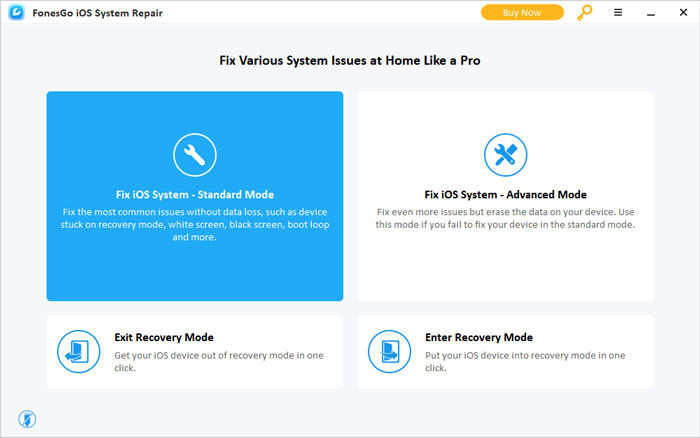
Part 1: Fix iOS Issues with Standard Mode
Select standard mode on the product’s main interface.
Step 1: Connect Your Device to Computer
Connect the faulty iOS device to your computer using the device’s Lightning cable, then click “Fix Now”.
If the program cannot detect the device, FonesGo iOS System Repair will recommend that you put the device into recovery mode and guide you on how to do so.
If the device is not detected even in recovery mode, you will need to click “Enter DFU Mode” to put the device into DFU mode.
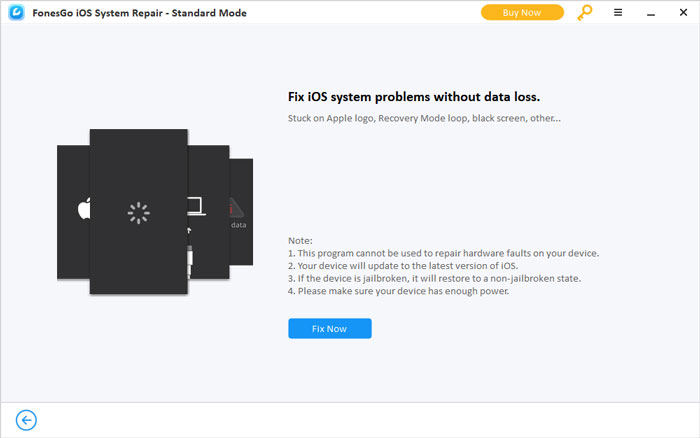
Step 2: Download the Firmware Package
In order to repair the device, the program needs to have the latest firmware installed on the device. Click Browse to select the firmware path, then click Download to start downloading the latest iOS firmware for your device. If you have downloaded the firmware package to your computer, just click “Select” to manually import the firmware.
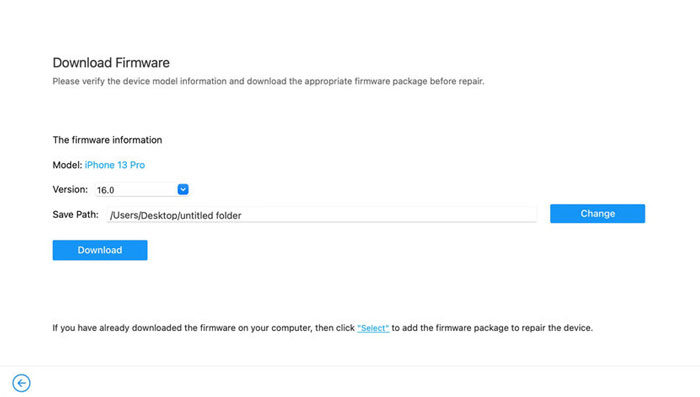
Step 3: Fix System Issues
Click “Fix Now” and FonesGo iOS System Repair will start repairing your device immediately.
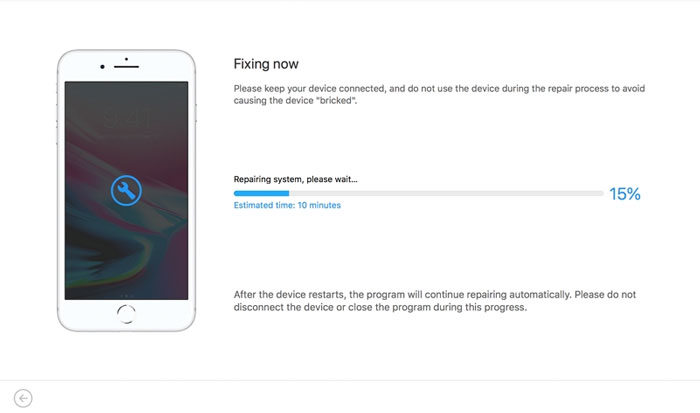
Part 2: Fixing System Issues in Advanced Mode
If the standard mode doesn’t fix the iOS/tvOS issue, you can try the advanced mode. But keep in mind that while the repair process in advanced mode is the same as in standard mode, your device will be completely wiped.
Step 1: Connect Your Device to Computer
First, select “Advanced Mode” from the home page and click “Fix Now” to start the process.
Use a lightning cable to connect the device to the computer. The program should detect the device. If not, it will guide you on how to put your device into recovery mode.
If the device is still not recognized in recovery mode, click “Enter DFU Mode” to put it into DFU mode.

Step 2: Download the Firmware Package
The next step will be to download the latest firmware for your device. You can click “Browse” to select the path of the firmware, and then click “Download” to start downloading the firmware.
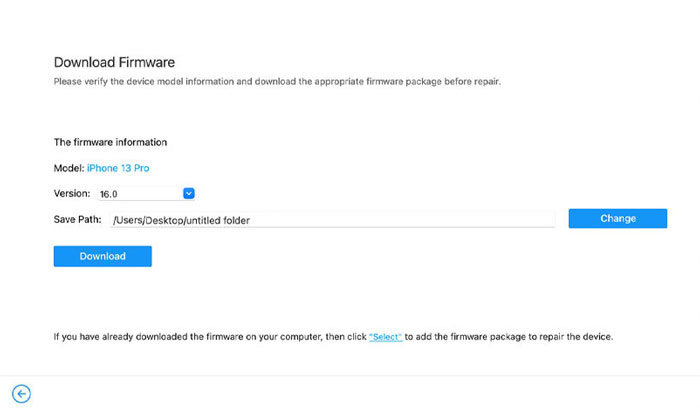
Step 3: Fix System Issues
After the firmware download is complete, click “Start Repair” to start resetting the device. Advanced mode will perform a more thorough and in-depth repair of your device.
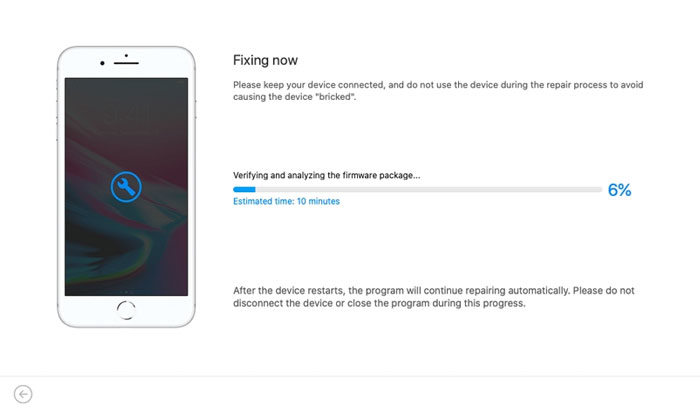
Part 3: How to Enter Recovery Mode
Sometimes, putting your device into recovery mode can be difficult, especially if the home button is not working properly. But luckily, FonesGo iOS System Repair allows you to easily put your device into recovery mode with just one click. Just select the “Enter/Exit Recovery Mode” option from the home page to get started.
Step 1: Connect Your Device to Computer
Connect the device to your computer using a USB cable and click “Trust” if a message pops up on the device screen. Click “Enter Recovery Mode” to start the process.
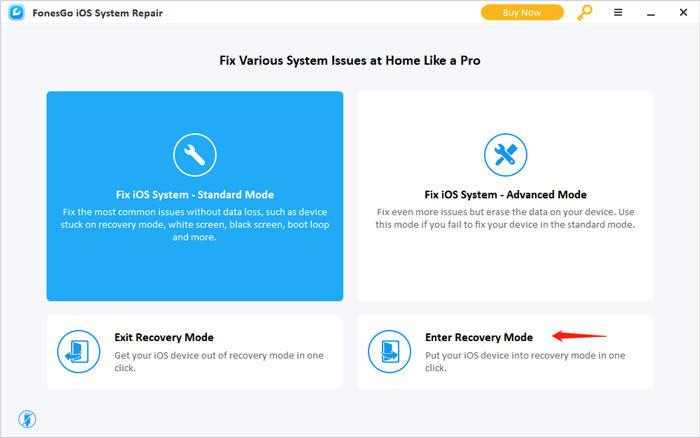
Step 2: Successfully Enter Recovery Mode
Your device will enter recovery mode in less than a minute, and you should see a “Connect to iTunes” logo on your device screen.

Part 4: How to Exit Recovery Mode
As you know, it’s not uncommon for iOS devices to get stuck in recovery mode, usually after a software update, restore, or an unplanned jailbreak. With FonesGo iOS System Repair, you can easily exit recovery on your iPhone, iPad or iPod without losing any data on your device.
Step 1: Connect the Device to Your Computer
Connect your iOS device to your computer using a USB cable. If a message pops up on your device, click Trust. Click “Exit Recovery Mode” to exit the device or recovery mode.
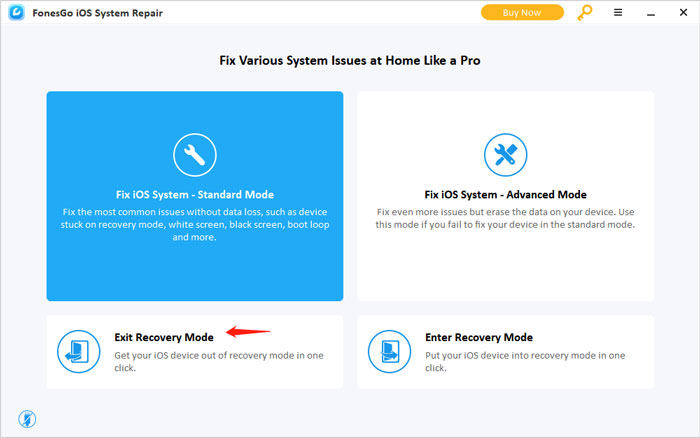
Step 2: Successfully Exit Recovery Mode
The device will restart and after one minute the iOS device will restart in normal mode.


